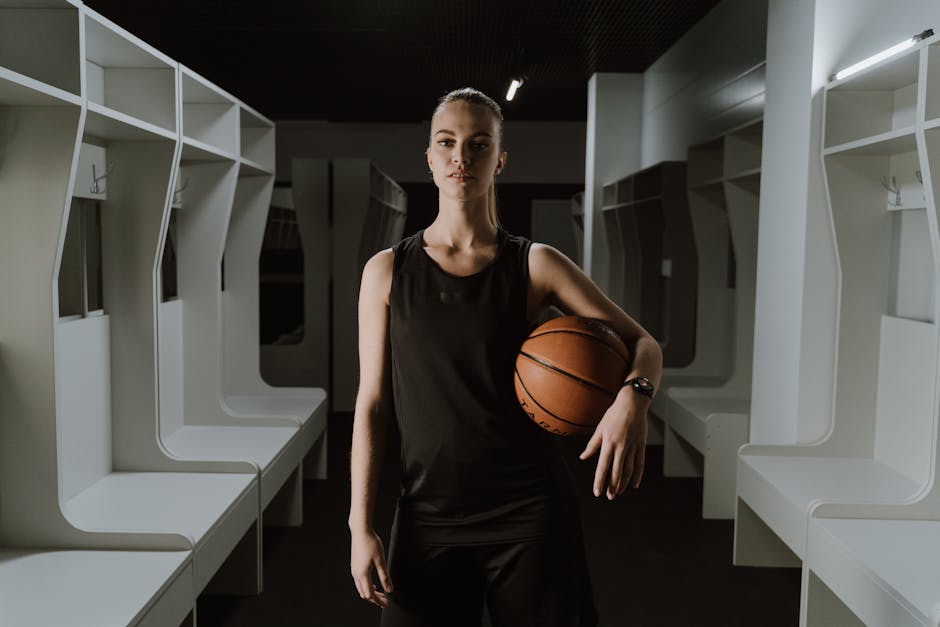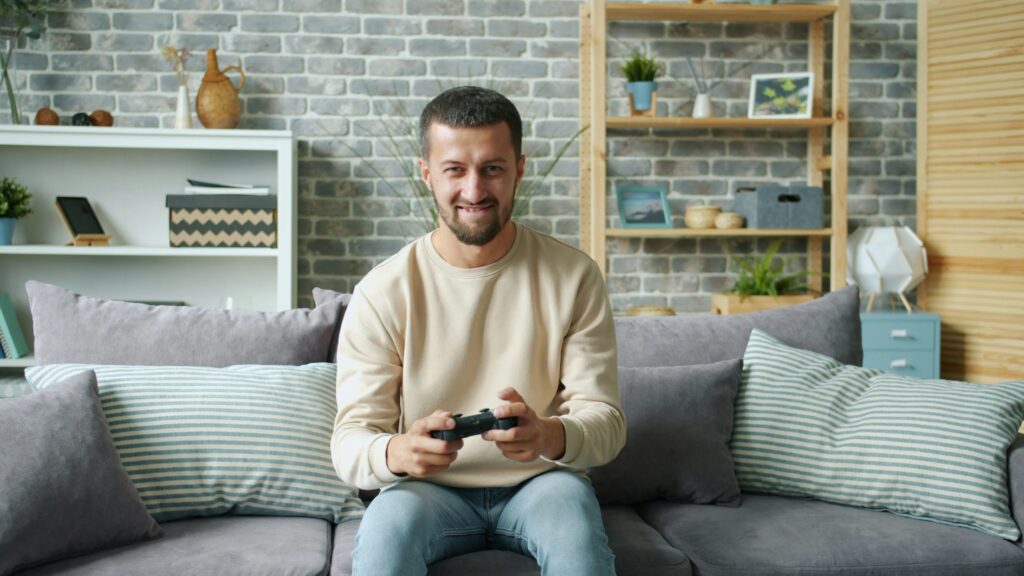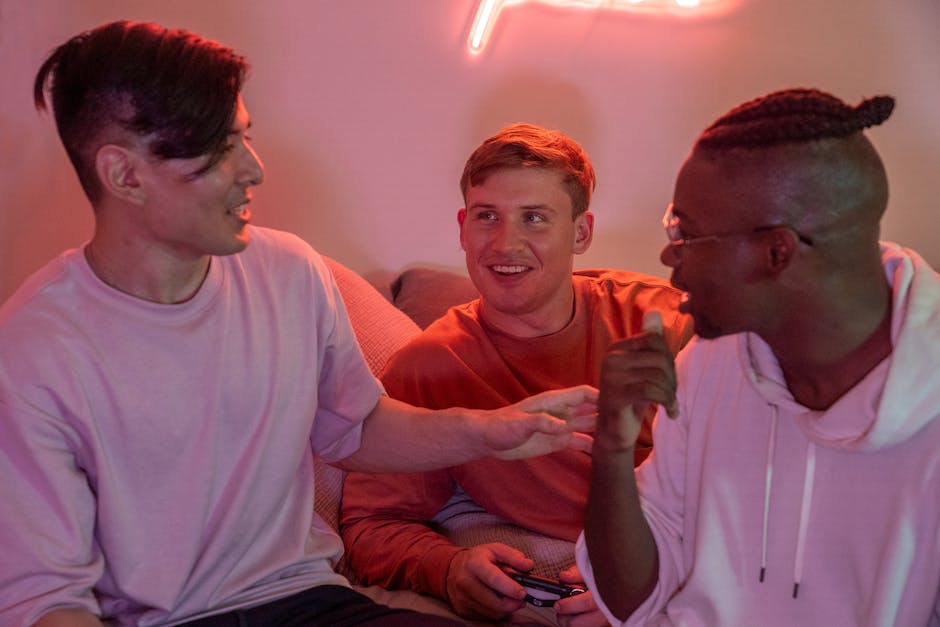What Separates the Best from the Rest
Being a top player in today’s competitive gaming scene isn’t just about reflexes or high scores on the leaderboard. It’s a blend of raw talent, relentless discipline, and a mentality that doesn’t crack under pressure. The best don’t just play more—they play smarter, recover faster, and adapt quicker than the tier below them.
Talent gets your foot in the door. Discipline builds the habit to grind through thousands of hours. But mindset—calm under fire, constant improvement, zero excuses—is what locks it all together.
Let’s talk numbers. Most high-level players train anywhere from 6–10 hours a day, split between solo drills, team scrims, and VOD reviews. Top-tier consistency? That looks like a 70%+ win rate over months, not weeks. And they’re not just stacking ranked wins—they’re refining micro-decisions, communication flow, and strategy with the same intensity as pro athletes.
It’s that combination—the natural edge, the structured workload, and the mental fortitude—that separates the contenders from those just clocking in hours.
Daily Routines That Drive Performance
For top-tier players, game-day doesn’t start when the match loads—it starts hours before. The pattern is mostly the same, even between different games. Mornings are about preparation, not just waking up. Some hit the gym for 30-60 minutes. Others meditate or journal. Most eat with intention. They know they can’t run high-level strat calls on caffeine and leftover pizza.
Physical fitness isn’t just about strength. Quick wrists don’t matter if your posture cuts off blood flow or if your back locks up during a 6-hour scrim block. High-level players treat their bodies like precision equipment—calibrated, maintained, upgraded when needed. Recovery is standard, not optional. Ice, stretching, resistance bands. It’s all part of their toolkit.
Then there’s the headspace. Mental resets are baked into the day—quick walks, breathing drills, task-switching techniques to dump tilt. Players who perform on stage aren’t just reacting faster, they’re thinking clearer. Each routine builds that edge.
As for rituals? Some players tape their fingers or wear a lucky hoodie. Sure. But most of that is comfort, not magic. The serious ones know the difference between building habits that optimize performance and clinging to superstition. One creates consistent results. The other’s just noise.
Success isn’t lucky. It’s planned. Daily.
In-Game Strategy: Thinking Two Moves Ahead
Top players don’t just play the game—they unmake and remake it in real time. For them, maps aren’t just backdrops, they’re blueprints. Every corner, chokepoint, and sightline has a purpose, and that purpose shifts based on who they’re up against. Prep starts before the match: watching VODs, studying opponent tendencies, and mapping out set plays like a coach diagrams a football game.
But when the game goes live, preparation meets chaos. Real-time analysis takes over—reading opponents’ patterns, tracking rotations mid-round, communicating second-by-second adjustments to teammates. This isn’t winging it; it’s instinct honed by hours of review stacked on muscle memory.
Risk-taking separates the great from the merely good. Some players push early with hard entries and aim duels, betting on timing and confidence. Others wait, angle-hold, string together calculated plays that bleed mistakes from the enemy. There’s no one-size-fits-all style—it’s about playing in sync with your team’s identity, maximizing your own strengths, and knowing when to pivot. The real strat? Stay unpredictable. That’s how you win before the scoreboard says so.
The Role of Coaching and Support Staff
Behind every top-tier player, there’s often a whole team working behind the scenes. Coaching and support staff play a pivotal role in shaping strategy, improving performance, and helping players stay mentally sharp throughout long seasons of competition.
Who’s on the Support Team?
Top competitive players rarely work alone. Their support network can include:
- Head Coaches – Set the strategic direction and oversee game preparation
- Analysts – Break down gameplay footage, identify patterns and track meta trends
- Psychologists or Performance Coaches – Help players manage stress, stay focused, and maintain resilience under pressure
- Nutritionists and Physical Trainers (in some orgs) – Ensure players stay in peak physical and cognitive condition
How Feedback Becomes Fuel for Growth
Structured feedback loops ensure that players receive timely, specific, and actionable insights after every game session or tournament. These systems:
- Keep players aligned with team goals
- Enable faster correction of mistakes
- Encourage incremental and measurable improvement
Whether it’s post-match reviews, one-on-one sessions, or scrim tape breakdowns, top players rely on disciplined feedback processes to find improvements others miss.
The Unseen Grind
Support staff put in countless hours studying VODs, scouting opponents, and refining tactics. While not always in the spotlight, their efforts often make the difference in high-stakes moments.
- Game day prep can start weeks in advance
- Opponent-specific strategies are developed collaboratively
- Clutch plays are rarely random—they’re rehearsed scenarios born from hours of behind-the-scenes planning
True excellence in competitive play is rarely solo. The best players maximize their potential by embracing the power of a strong team behind them.
The Mental Game: Staying Sharp Under Pressure
Staying mentally composed is a defining trait of top-tier players. When the pressure climbs—whether it’s on stage at a major tournament or during a critical ranked match—it’s not just mechanics that matter. The best players have trained their minds to be as sharp and steady as their reflexes.
Managing High-Stakes Anxiety
Anxiety in competitive environments is real. Even seasoned pros deal with pre-game tension and mid-game nerves. The difference is in how they respond.
- Pre-match routines help calm nerves and create focus
- Breathing techniques are commonly used to stay centered
- Reframing stress as excitement or motivation helps reduce negative impact
Many players also engage in mindfulness practices off the field to build long-term emotional resilience.
Focus Drills and Cognitive Discipline
Maintaining laser focus through long sessions or fast-paced matches doesn’t happen by accident. Top players train their cognitive endurance just like physical endurance.
Examples of common focus-enhancement techniques:
- Precision drills in low-stakes settings to build muscle memory
- Response time training to speed up decision-making
- Mental resets such as strategic breaks and quick refocus cues mid-game
These rituals help players keep a clear head even when the stakes spike.
Bouncing Back from Losses
Elite competitors don’t let losses define them—they use them as fuel. The quicker a player can analyze a setback and extract a lesson, the sooner they’re back to peak performance.
- Post-match reviews highlight areas for improvement with minimal emotional interference
- Team debriefs shift blame away from individuals and toward collective growth
- Short memory technique: Learn, reset, move on
Resilience isn’t just about confidence—it’s built through consistent reflection and structured growth.
Mental strength, just like talent or raw skill, is developed over time. And in today’s competitive arena, it’s one of the key differentiators between good and great.
Adaptation: Staying on Top in a Shifting Meta
Top players don’t just read patch notes—they dissect them. A weapon damage tweak, a cooldown nerf, or a new character added to the roster isn’t just background noise. It’s a call to revise playbooks. Staying at the top means knowing how to translate updates into opportunity, then testing those shifts in real-time scrims and ranked games.
Some players wait for the meta to settle. The elite don’t. Fast adapters like K3NJI in Valorant or Luma in League of Legends pivot hard and early—sometimes days after a change drops. That willingness to drop old habits, test new builds, and rethink positioning keeps them relevant while others scramble to catch up.
Look at Ryze, a top-tier Overwatch DPS, who went from Ashe main to Sojourn overnight when mobility got reworked. Or Cleopatra, a PUBG pro, who exploited zone readjustments by hard-routing high ground two minutes earlier than most teams. These aren’t lucky guesses—they’re calculated shifts based on brutal patch parsing and relentless trial runs.
In a landscape where the game meta changes monthly, adaptability isn’t a perk—it’s survival. The more fluent you are in change, the longer you stay in the top bracket.
Real Voices: Insights from the Players Themselves
You can break down muscles and matches all day, but sometimes, a raw quote hits harder. Take Levon “Trace” Fallon, top-ranked in three international tournaments last year. “I almost burned out in ’22,” he said. “I was winning, but not enjoying it. I had to reset—ended up deleting socials for six months just to hear myself think.” That pivot led to narrower practice hours, deeper one-on-one feedback sessions with his coach, and strangely, better results.
Or look at Mika “Sync” Alvarez, who famously retrained her entire playstyle after a major patch wrecked her go-to strategy. “Getting smoked for a month humbled me. But it taught me to stop relying on habits and start reading situations in real time.”
These aren’t outliers—they’re patterns. The best players aren’t bulletproof. They’ve eaten losses, walked away from bad routines, even questioned whether they still belonged. But they didn’t flinch for long. They analyzed, adjusted, and kept showing up with sharper questions and thicker skin.
If you want the messy truths behind highlight reels, read the full interviews here: Player Interviews – The Secrets to Their Success
Final Takeaway: What You Can Learn
There’s no magic build or secret strat behind top-tier performance. What sets elite players apart isn’t flash—it’s commitment to tight, repeatable habits. They don’t grind more; they grind smarter. Every match is film review. Every loss is feedback. Practice isn’t about logging hours—it’s about deliberate reps that target weaknesses and sharpen strengths.
Even if you’re just getting started, this mindset scales. Set small, repeatable goals. Review your own games like you’re your own coach. Copy-paste what works—but question everything. System > hype.
The pro mindset isn’t loud. It’s pragmatic. Focused. It shows up when nobody’s watching. The best in the game aren’t always the most talented. But they are—without question—the most intentional.


 Founder & Editor-in-Chief
Founder & Editor-in-Chief
